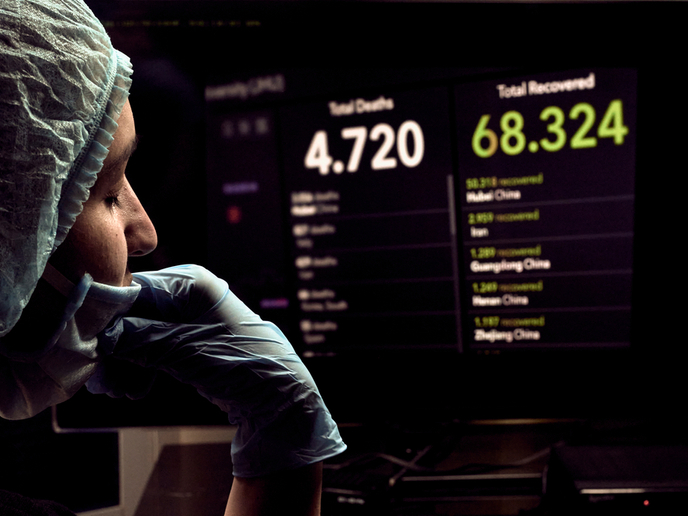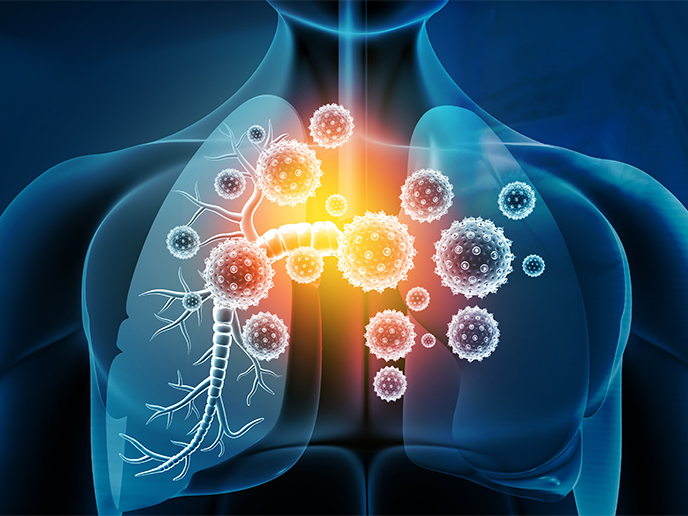Safer, more efficient plasmid DNA extraction
Antimicrobials are natural or synthetic drugs which inhibit or kill bacteria, making them unique when it comes to controlling deadly infectious diseases. Following their success in human medicine, antimicrobials are also used for the treatment of bacterial diseases in animals and plants. This is particularly the case in Southeast Asia where the aquaculture industry is a predominant segment of livestock production. To date there has been little information available on the type and amount of antimicrobial use in fish farms; hence, the assessment of possible health risks remains a challenge. One such potential risk is the development of antimicrobial resistant bacteria caused by the release of antimicrobials into the environment, compromising human health as well as future productivity. In light of this, the ASIARESIST project examined the probability of the incidence of transferable antimicrobial resistance genes in Southeast Asian aquaculture. The aim was to pinpoint critical control points (CCP) at which fish farmers can utilise monitoring systems to avert or eradicate safety hazards posed to food and the environment. As part of these efforts, a method for the mini-preparation of plasmid DNA from bacteria found in aquaculture sites was improved. This small-scale isolation of plasmid DNA relied on alkaline lysis and permitted the extraction of high molecular weight plasmid DNA. Plasmid DNA consists of a ring of DNA that is not in a chromosome but is capable of autonomous replication. It is often used to purify a specific sequence because it can be easily purified away from the rest of the genome. Consequently the use of commercial DNA purification columns and hazardous solvents could be avoided. Given these features, the method provides an efficient and cost-effective means to screen for plasmid DNA. Furthermore it is suitable for other bacterial groups having different bacterial growth conditions.







